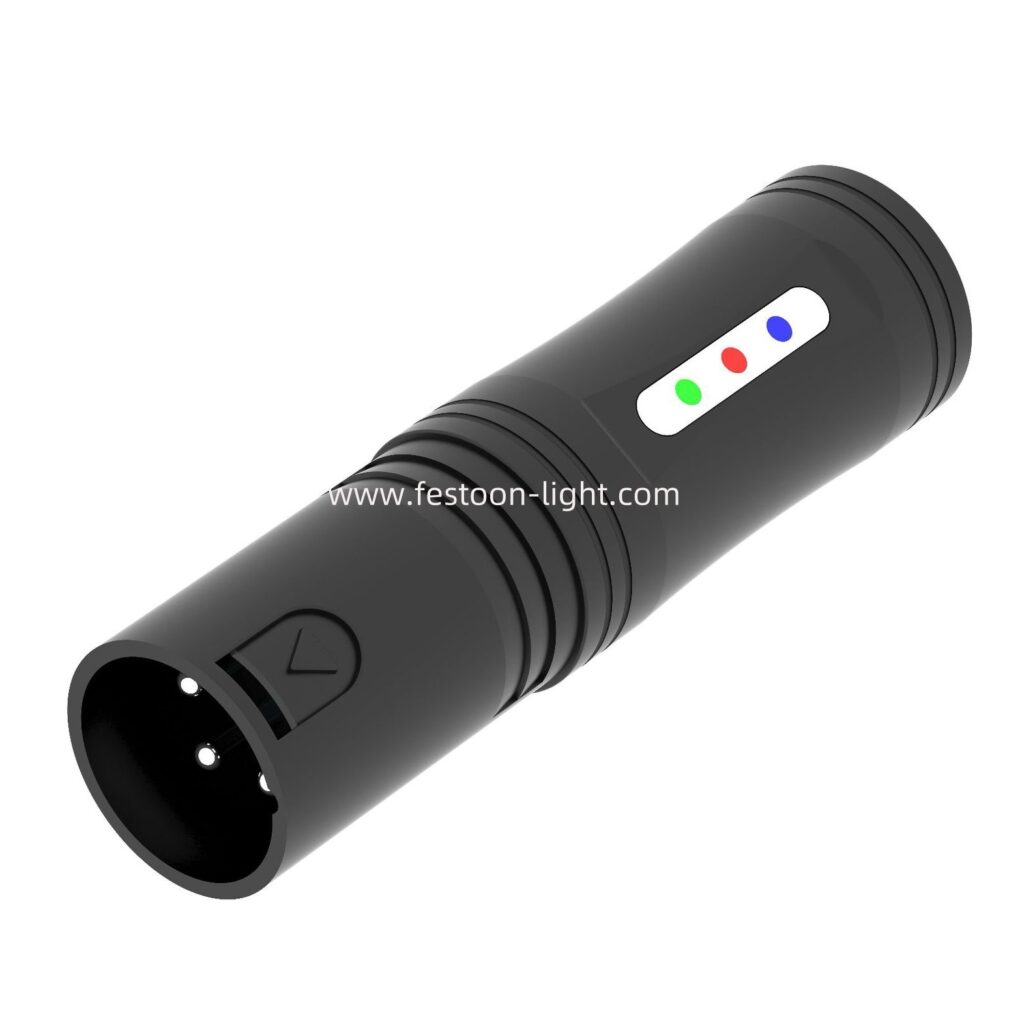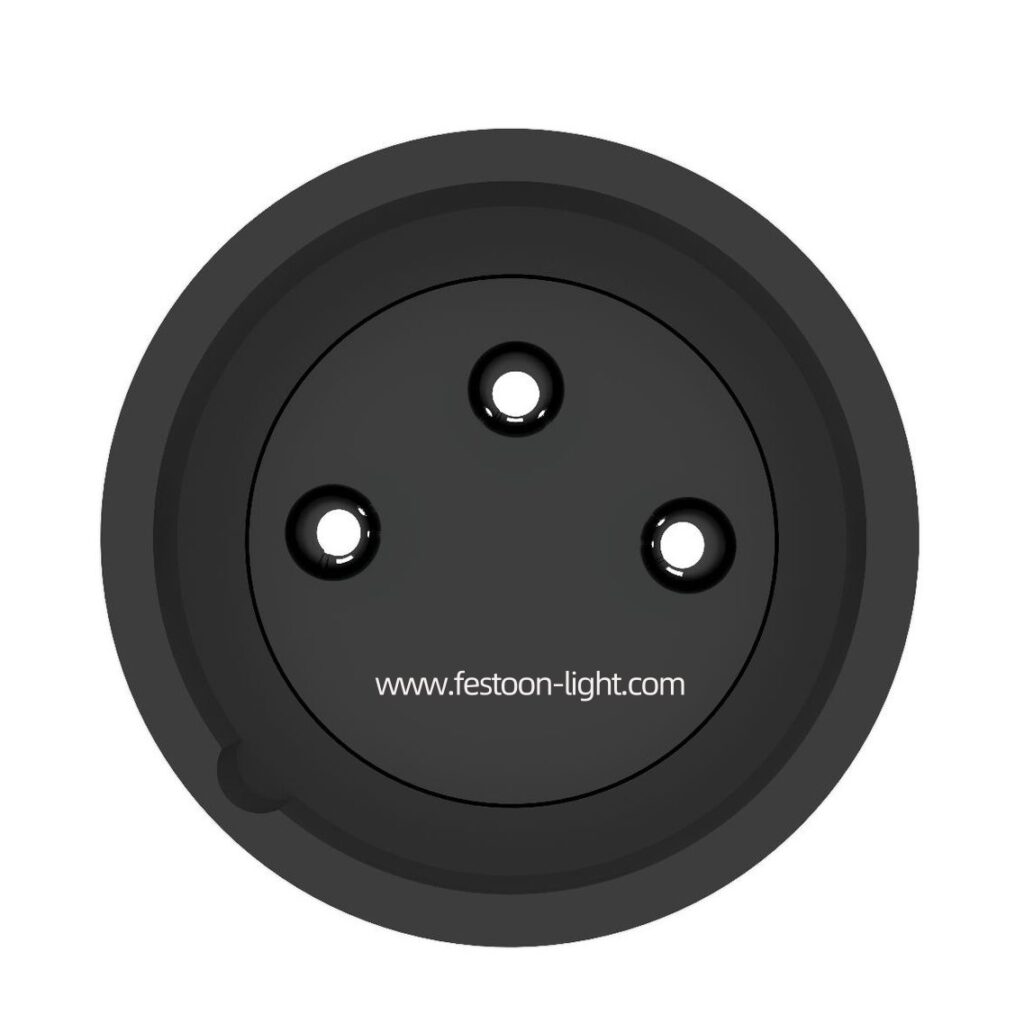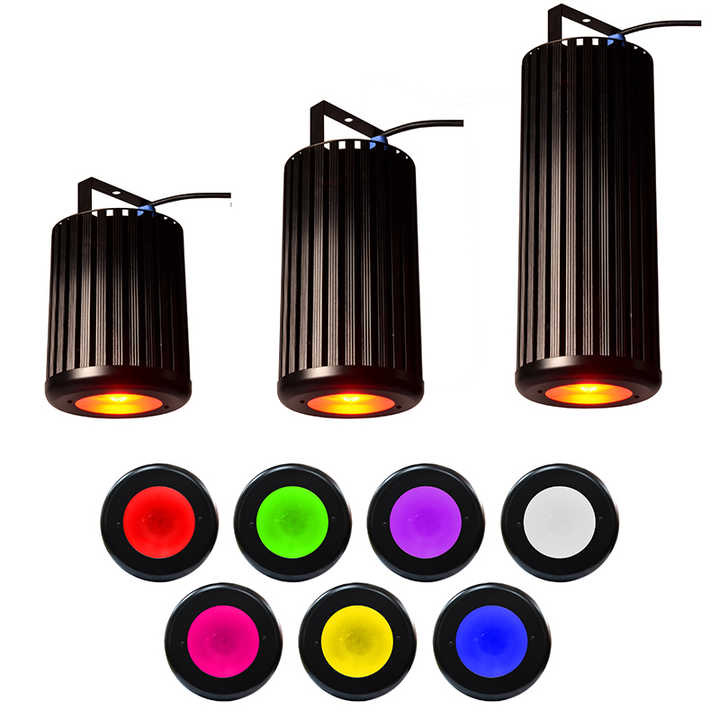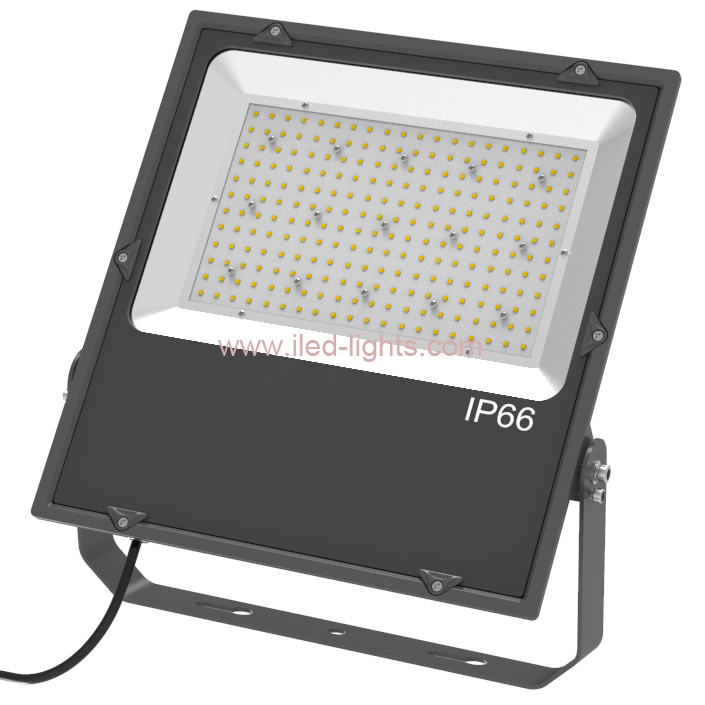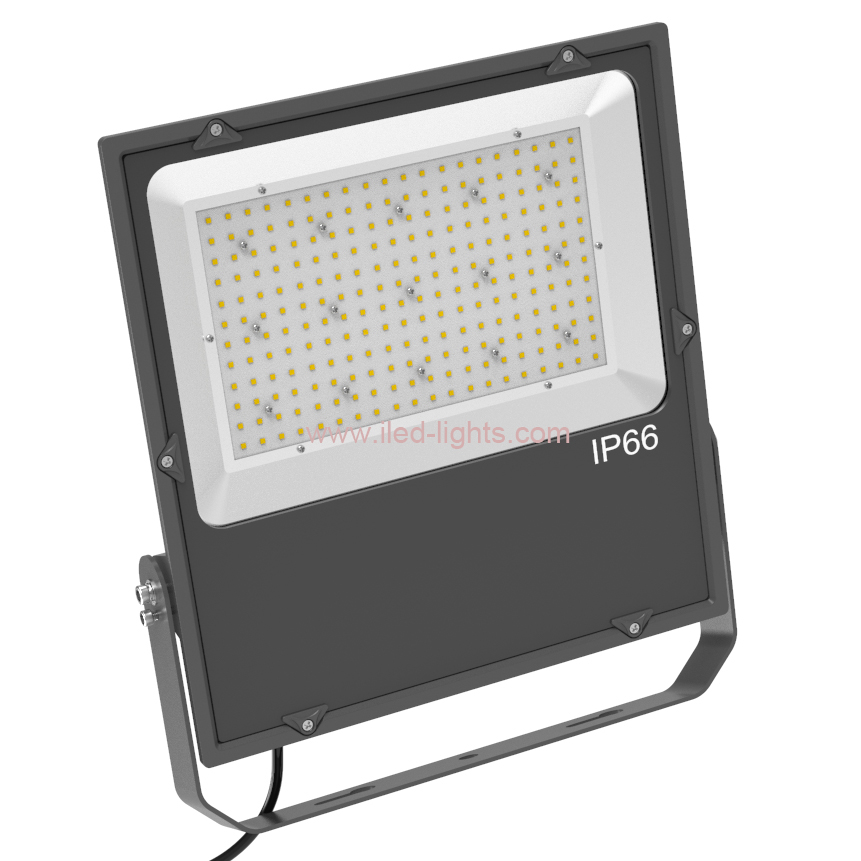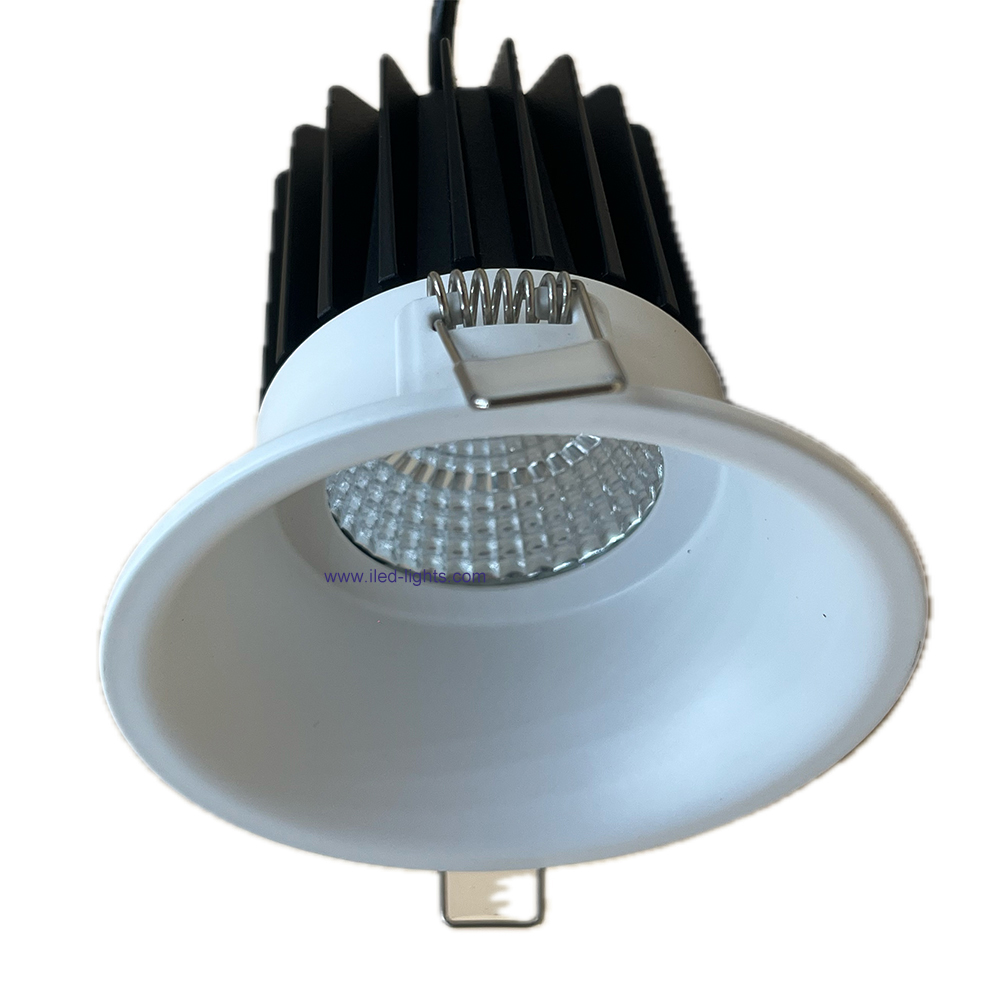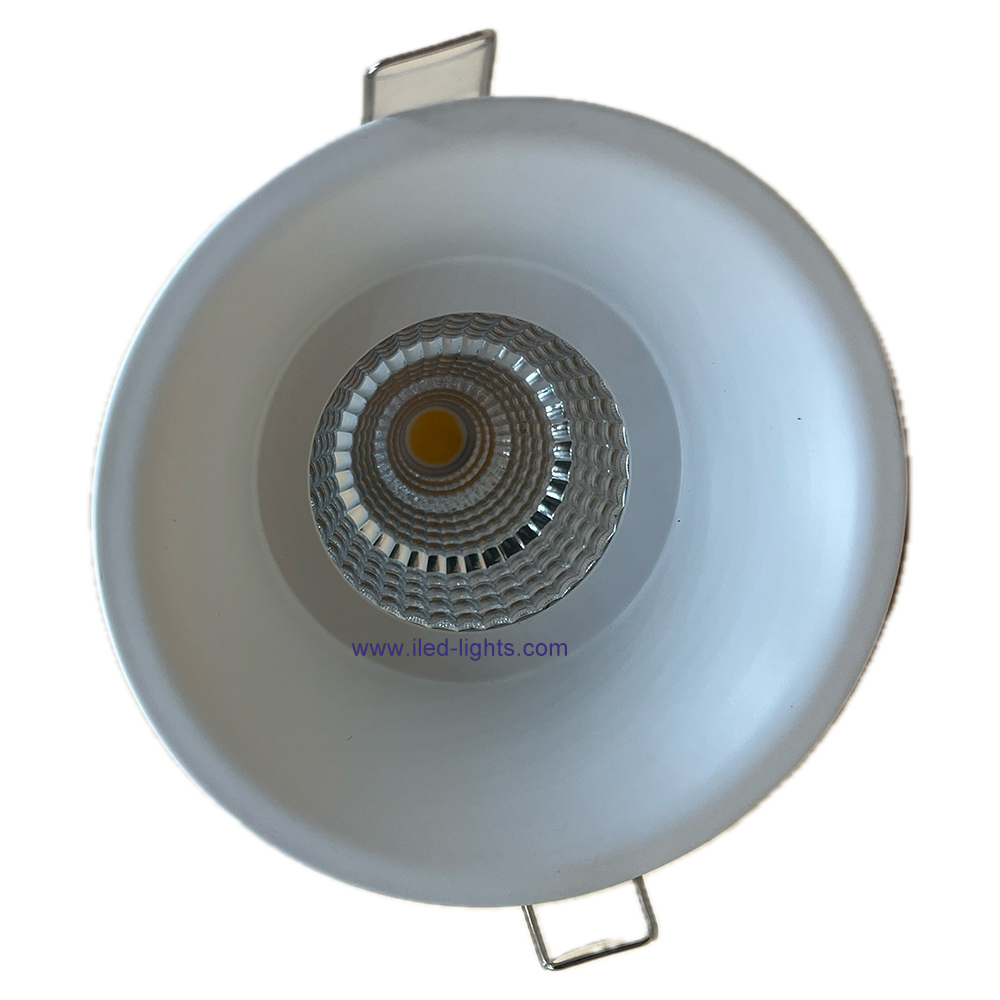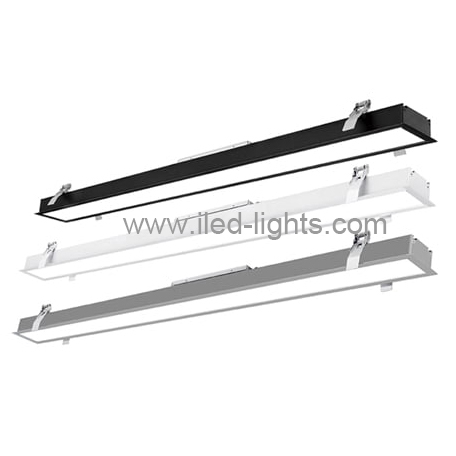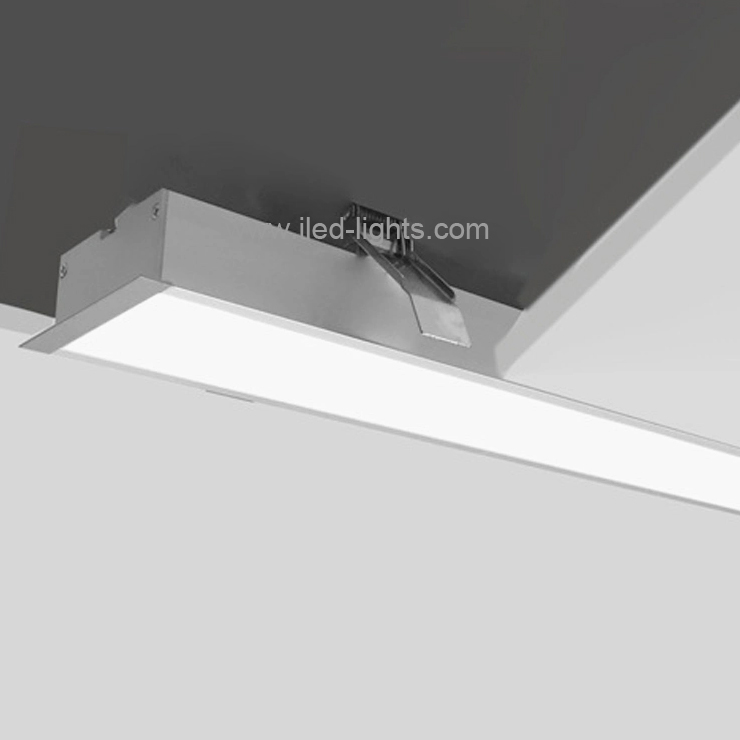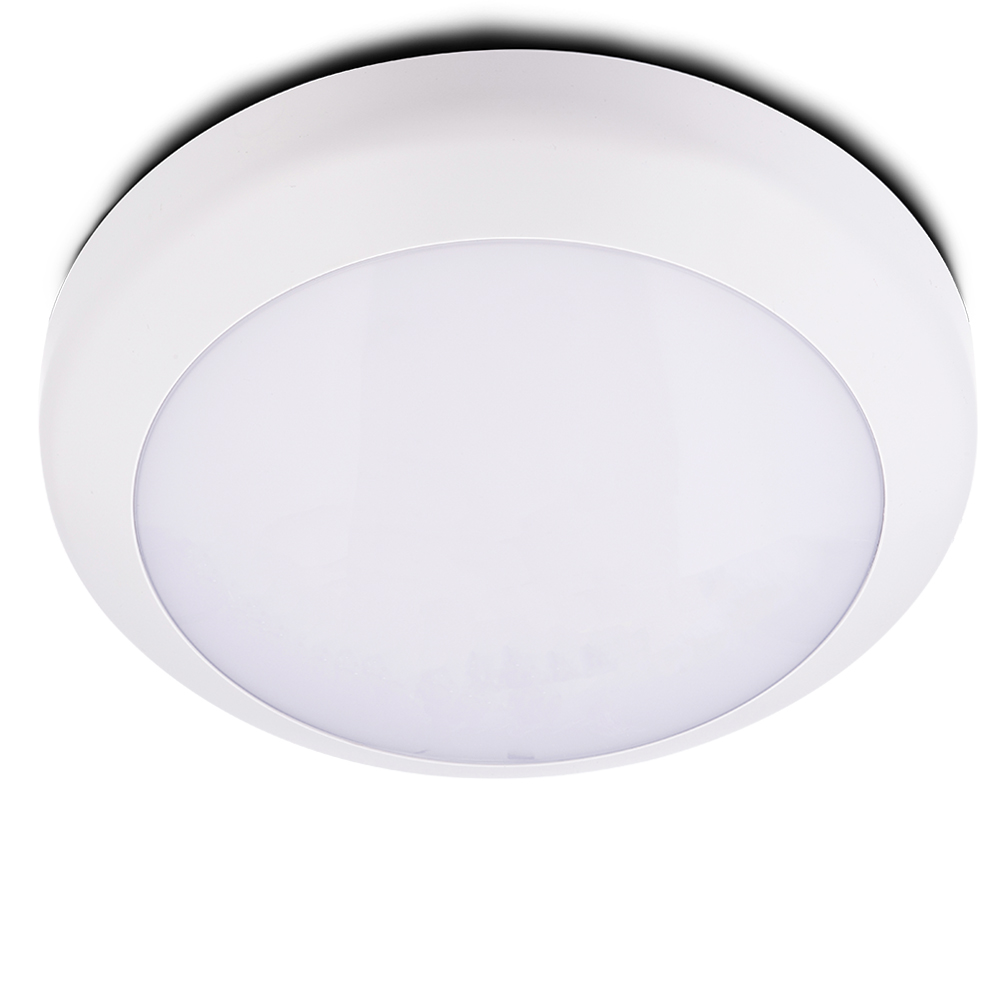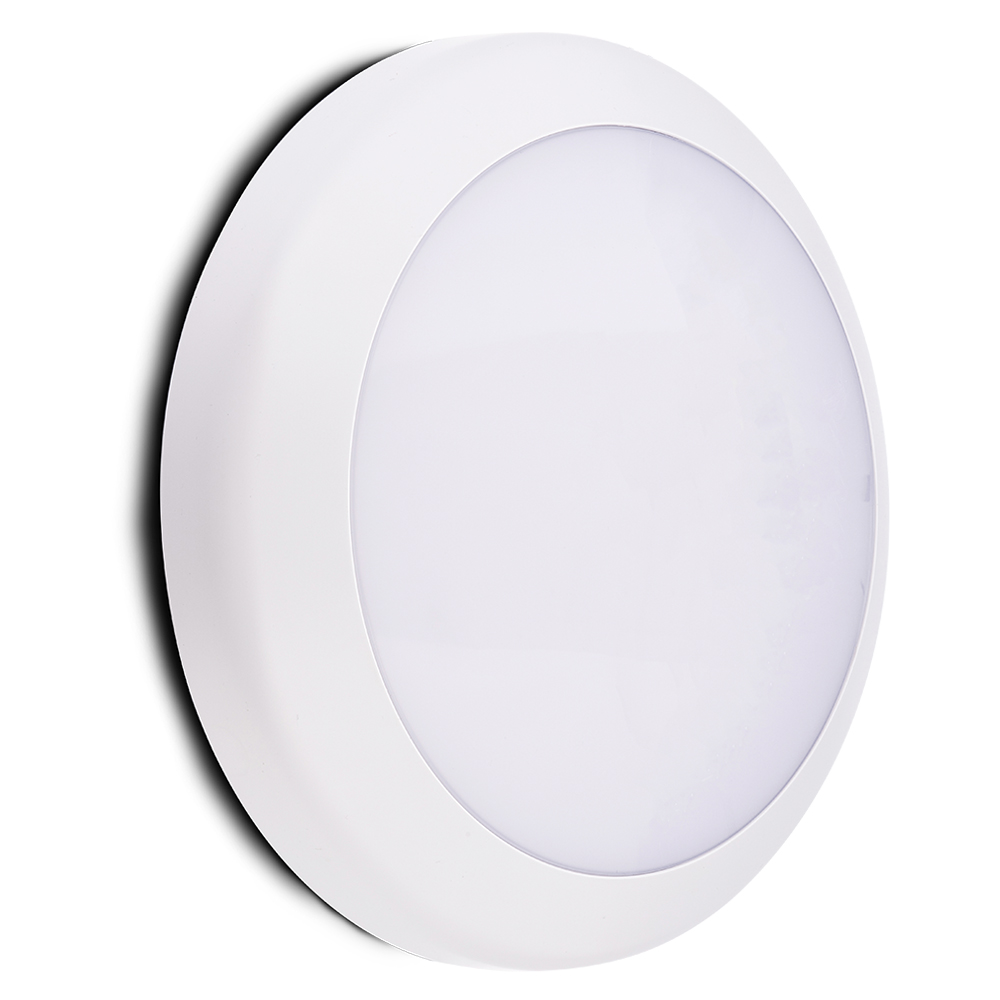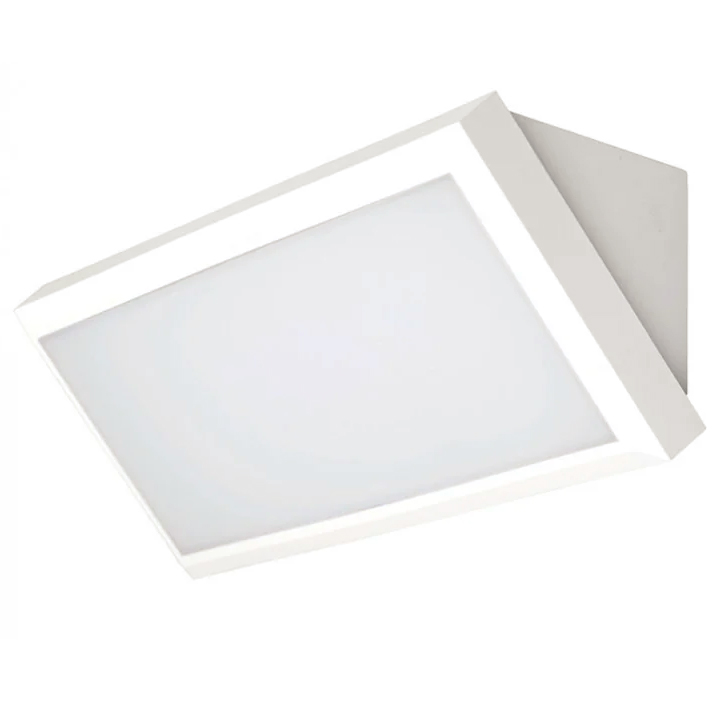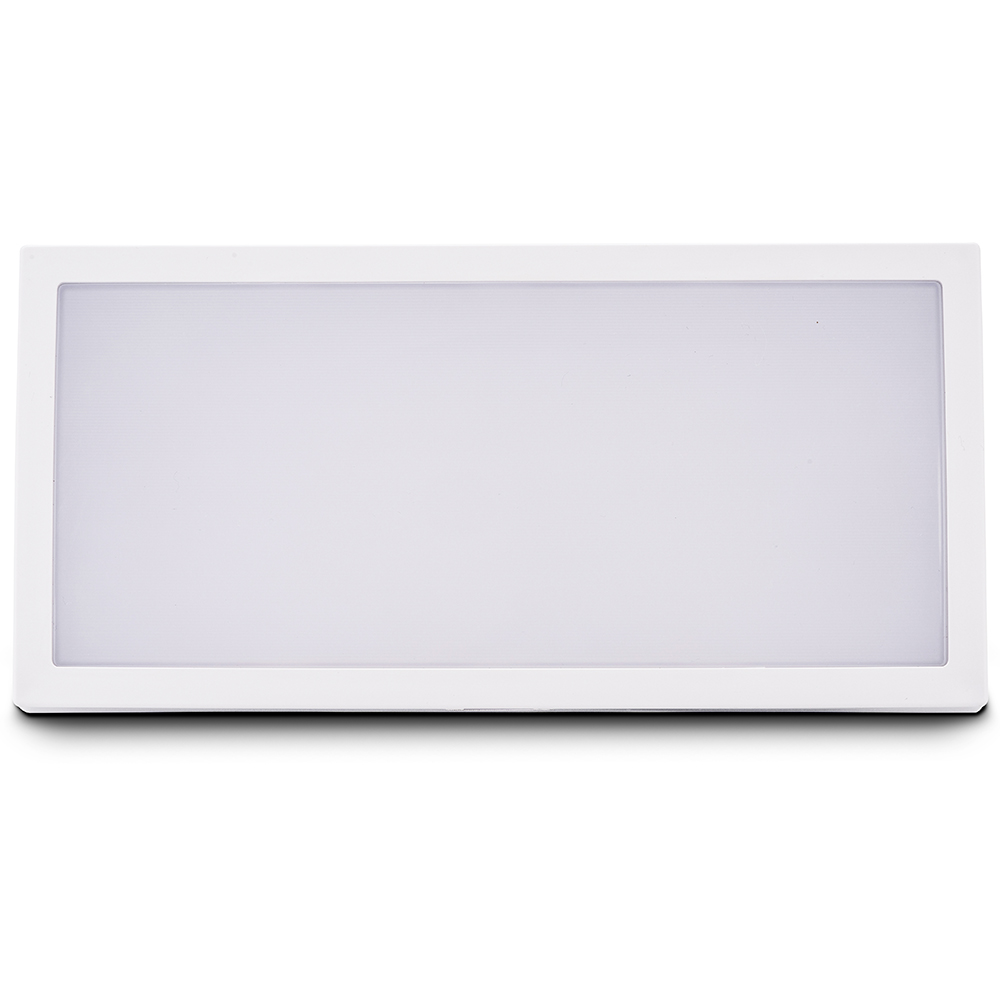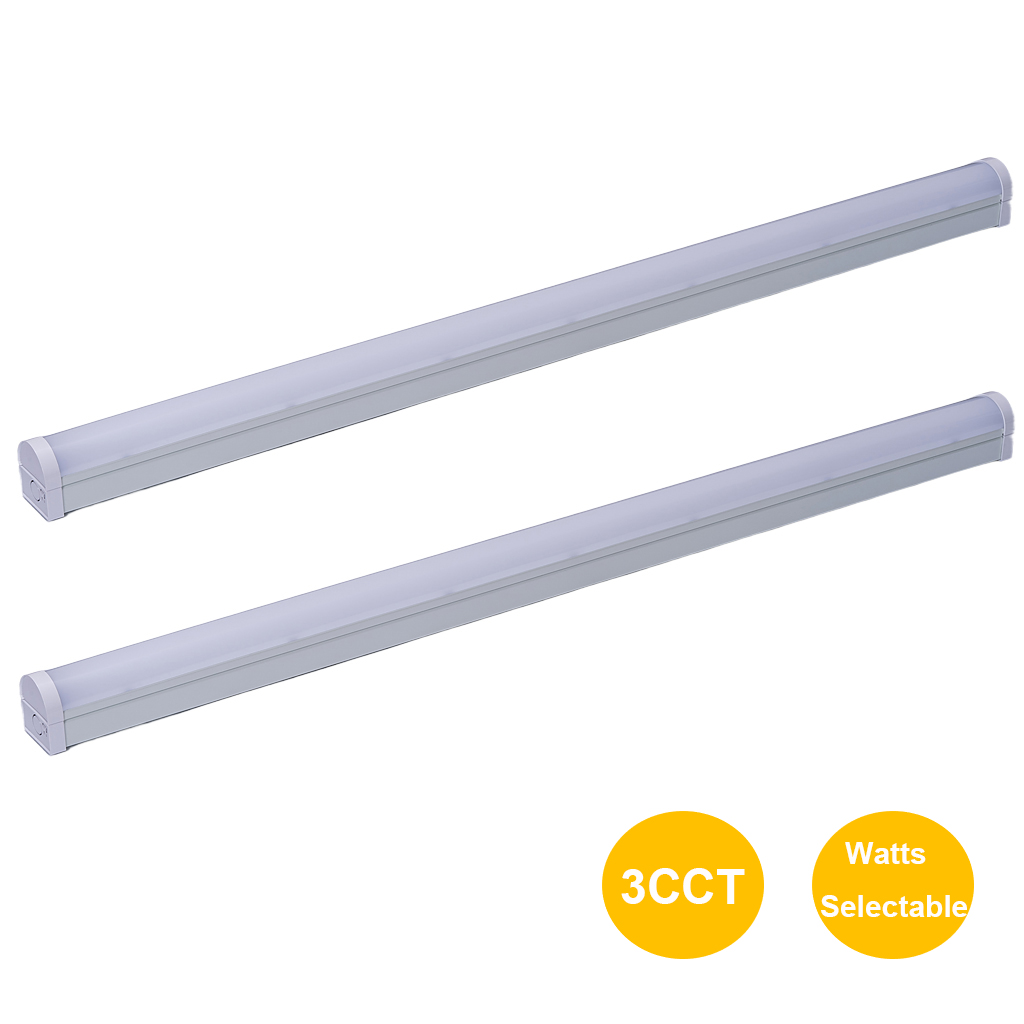LEDs are often referred to as the fourth light source or “Green Lighting” because of several reasons:
Energy Efficiency: LEDs are highly energy-efficient compared to traditional light sources. They convert a higher percentage of electrical energy into visible light, minimizing wasted energy. This efficiency helps in reducing electricity consumption and contributes to energy conservation.

Environmental Friendliness: LEDs have a smaller carbon footprint compared to other light sources. They consume less energy, which translates to reduced greenhouse gas emissions from power plants. Additionally, LEDs do not contain hazardous materials like mercury, which is present in fluorescent bulbs, making them easier to dispose of and less harmful to the environment.

LED
Long Lifespan: LEDs have a significantly longer lifespan compared to traditional light bulbs. They can last up to 50,000 hours or more, depending on the specific LED and usage conditions. This longevity reduces the frequency of replacements and contributes to waste reduction.
Versatility: LEDs offer versatility in terms of color options and lighting effects. They can emit light in a wide range of colors, allowing for creative and dynamic lighting designs. LEDs also have the ability to be dimmed and controlled, providing flexibility in creating different lighting atmospheres.

Technological Advancements: LED technology has rapidly advanced over the years, resulting in improved efficiency, brightness, and color quality. This progress has made LEDs a viable and preferred choice for various lighting applications, from residential and commercial lighting to automotive and outdoor lighting.
Considering these factors, LEDs have gained recognition as a sustainable and environmentally friendly lighting solution, earning them the reputation of being the fourth light source or “Green Lighting.”


